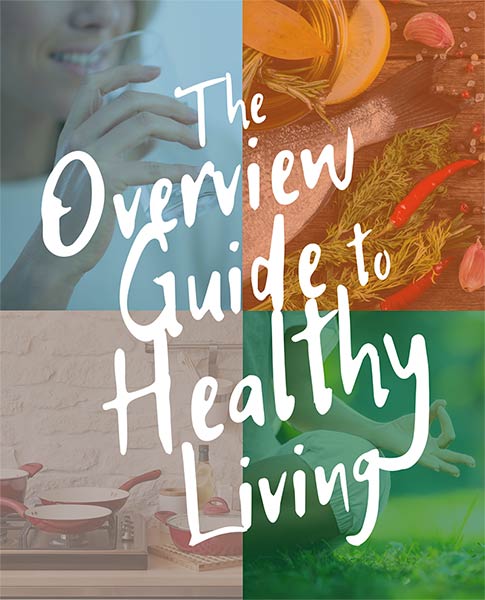Most of the clients I see in my practice are health-conscious, educated people. They follow the food pyramid guidelines, yet they struggle with weight gain, fatigue, gastro-intestinal issues, constant hunger and cravings, hormonal imbalances, depression and more.
When I review their food journals, I find out that their diets contain little or no fat, or, worse, adulterated man-made concoctions (the supposedly “healthy” margarine, the “I can’t believe it’s almost plastic”, etc). They proudly tell me that they stay away from red meats, egg yolks, butter, whole dairy products and eat plenty of skinless chicken, low-fat dairy, and, of course, the recommended 6 to 11 daily servings of carbohydrates.
When I counsel them to eat healthy fats, they look relieved and puzzled at the same time. A healthy male body is composed of about 15 to 18% of fat; a healthy female body is composed of up to 28% of fat.
Listing all the roles that fats play in the body goes beyond the scope of this article. By way of example, here are a few. Fats provide energy and are the preferred source of fuel for the heart. About two-thirds of our brain is composed of fats, DHA (docosahexaenoic acid) being the most abundant. Fats serve as a protective lining for our organs. Fats are hormone precursors. Without fats our bodies cannot absorb and utilize the fat-soluble vitamins A, D, E and K. Fats are essential in managing the inflammatory process. And much, much more.
But not all fats are created equal. Our bodies thrive when we eat animal and vegetable fats as nature intended. Animal fats should come from organic free-range, grass-fed animals. The type of diet the animal eats determines the quality of fat. This is only one reason why it is better to avoid “conventional” meat, poultry and fish.
Animals raised for conventional market are fed a diet that is not interested in producing healthy animals. Such a diet has numerous “side effects”. Livestock endure chronic inflammation, infections and disease that require massive anti-biotic treatment. Cattle “fattened” on grains, soy and corn produce meat that contains more fat than their organic counterparts (let’s not forget that farmers are paid based on the weight of the animals they sell for slaughter).
Meat from conventionally raised cattle and poultry contains imbalanced ratios of omega3s and omega6s. If this wasn’t enough, toxins are stored in fat tissue, both in humans and animals. Research studies have long determined that conventional meat, poultry and fish contain anti-biotic and pesticide residues. In 1998, the European Union banned the import of hormone-treated US meats, and not without a reason.
Please visit www.preventcancer.com/consumers/general/hormones_meat.htm for more information.
Vegetable fats are no exception. Since when can we hand squeeze oil out of cottonseed or grape seed? Unfortunately for us, the food industry has learned to make money out of garbage, and we have supermarket shelves filled with rancid, processed, hydrogenated, genetically modified oils, always publicized as the latest health-promoting product.
So how do we choose among dozens of new products hitting the shelves every month? How do we know what is really good and what is harmful to our bodies?
Let’s take a look at evolution. Humankind has thrived for thousands of year eating traditional diets. The healthiest populations around the world consume great amounts of natural fats: whole raw milk, butter and cheeses, whole eggs, fatty fish, meat and poultry (skin and fat included!), lard, and tallow from healthy animals, coconut oil, olive oil, nuts, seeds, avocado oils, all natural, unrefined, extra-virgin.
Nature provides us with perfect foods that our modern food industry tries to modify in the name of convenience and profit.
